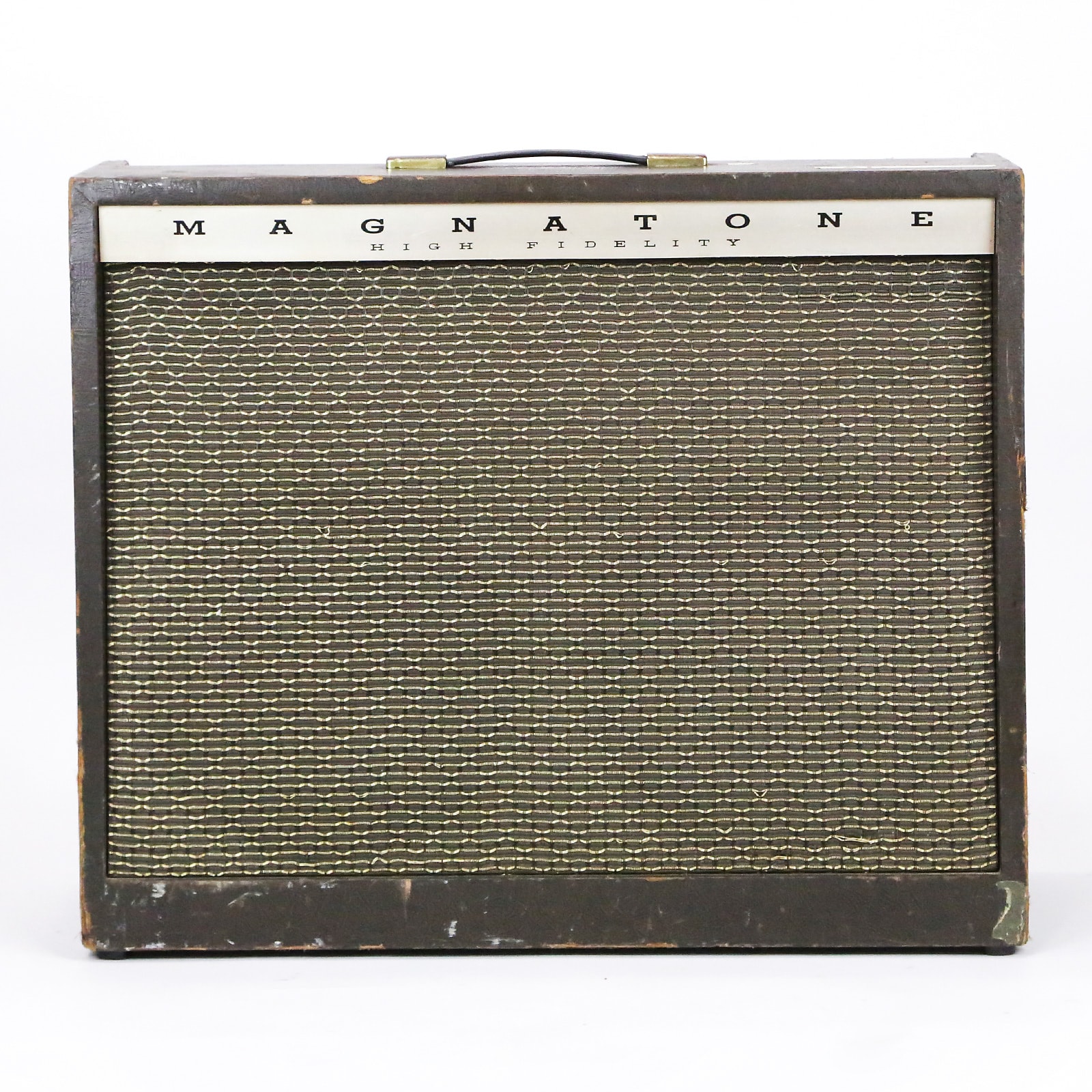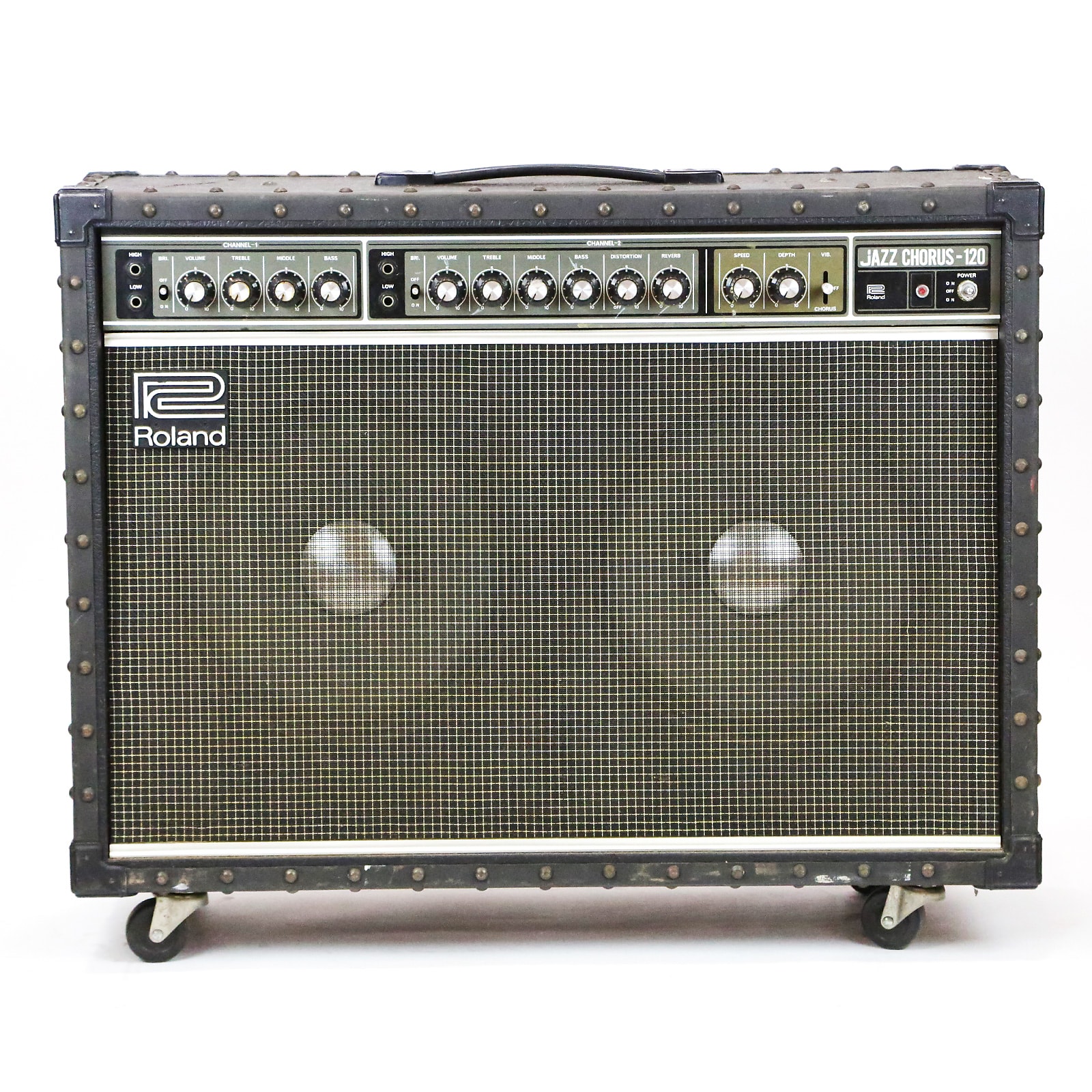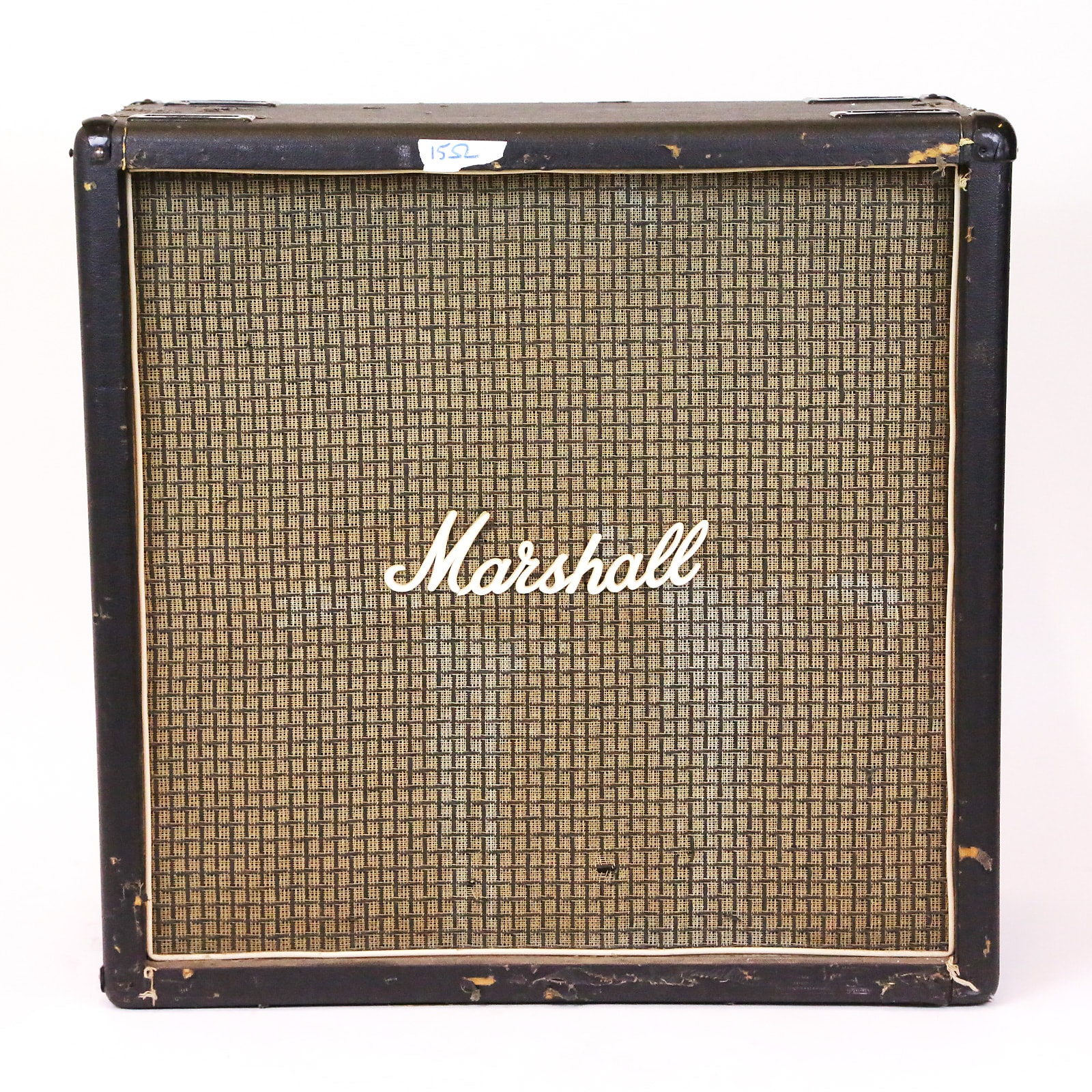This week's Find of the Week is a set of amplifiers that came straight from the backline of Indigo Ranch, a studio in Malibu, California. Housed on a hill 60-acre property overlooking the Pacific, the studio was owned and run by the late Richard Kaplan from 1974 to 2006.





Built by Kaplan and The Moody Blues keyboardist Mike Pinder, Indigo Ranch's early clientele included the likes of Neil Young, Olivia-Newton-John, and Neil Diamond, who would later sell his Yamaha grand piano to the studio. Confoundingly, it later would eventually earn a reputation as the "improbably beautiful birthplace of nu metal"—because Korn, Slipknot, and Limp Bizkit all tracked their debut albums there with the producer Ross Robinson behind the boards. The studio property was burned down in the Corral wildfire in November 2007.
Alongside a rare Aengus console and hundreds of effects pedals, the backline at Indigo Ranch reportedly consisted of over 400 amplifiers. Los Angeles-based seller GEARLORD has acquired several that were used extensively during the studio's years of operation, many of which were modified and customized by Richard Kaplan himself. These include a 1954 Multivox Premier 88, a 1962 Magnatone Custom 460 stereo amp, a 1988 Roland JC-120 Jazz Chorus, and a Marshall 1960B 4x12" speaker cabinet. Amplifiers aside, there's even a few synthesizers and drum machines for sale, straight from the studio.
Whether you're a die-hard fan of nu-metal or an avid collector of amplifiers, now's your chance to acquire a piece of the backline of one of southern California's most storied studios. Check out the GEARLORD store and see what the studio sale has to offer.
